The 2017 Richey Medal of the Royal Institute of Navigation was awarded to a team of the University Politehnica of Bucharest, Faculty of Aerospace Engineering. The medal is awarded annually for the best scientific paper published in the previous year in the Journal of Navigation, Cambridge University Press, on the basis of the vote of the researchers and specialists of the field. The Romanian team consists of Octavian Thor Pleter, Cristian Emil Constantinescu and Barna István Jakab.
His Royal Highness Prince Philip Duke of Edinburgh awarded the distinction in the General Assembly of the Royal Institute of Navigation, held at the Royal Geographical Society, London, on 18 July 2017. It is a recognition of the Romanian aerospace engineering school. It was an emotional moment, and the fact that HRH will retire from public life made it even more so.
Octavian Thor Pleter, who leads the team who wrote the article ”Reconstructing the Malaysian 370 Flight Trajectory by Optimal Search”, had the following comment:
”MH370 is perhaps the greatest mystery of our time. The Royal Institute of Navigation and the Journal of Navigation led the engagement of scientists into this sensitive and challenging subject. The Chris Ashton team’s paper[1] (which got the Richey medal last year) was so creative, so brilliant, and so inspiring, probably one of the greatest and highest ranked scientific papers.
Scientific research should leave the confort zone of abstraction and get engaged in socially relevant topics, such as this mystery. Michael Richey himself is an example of a courageous scientist, with a pragmatic approach, confronting reality, sometimes taking liability for research. This is the problem-solving kind of science that we follow.
A real problem is like a hologram. It touches many disciplines, it contains in a small sample the whole complexity of the world. If we specialize too deeply, too narrowly, problem-solving science gets harder. That is why we try to keep learning various subjects, we foster our curiosity and we try to be multidisciplinary.
We see this medal as a recognition of the scientific research at the Faculty of Aerospace Engineering of the University Politehnica of Bucharest, Romania, where we belong.
We are very grateful to the Journal of Navigation editor and peer reviewers of our paper, to the Royal Institute of Navigation for this reward.
We worked for one year and a half to make these calculations, and we trust they are right and indicate the area where the MH370 wreck will be found. We were surprised that the search was suspended before the area we calculated being fully covered.”
[1] The Search for MH370 by Chris Ashton, Alan Shuster Bruce, Gary Colledge and Mark Dickinson (Inmarsat) (Email: chris.ashton@inmarsat.com)
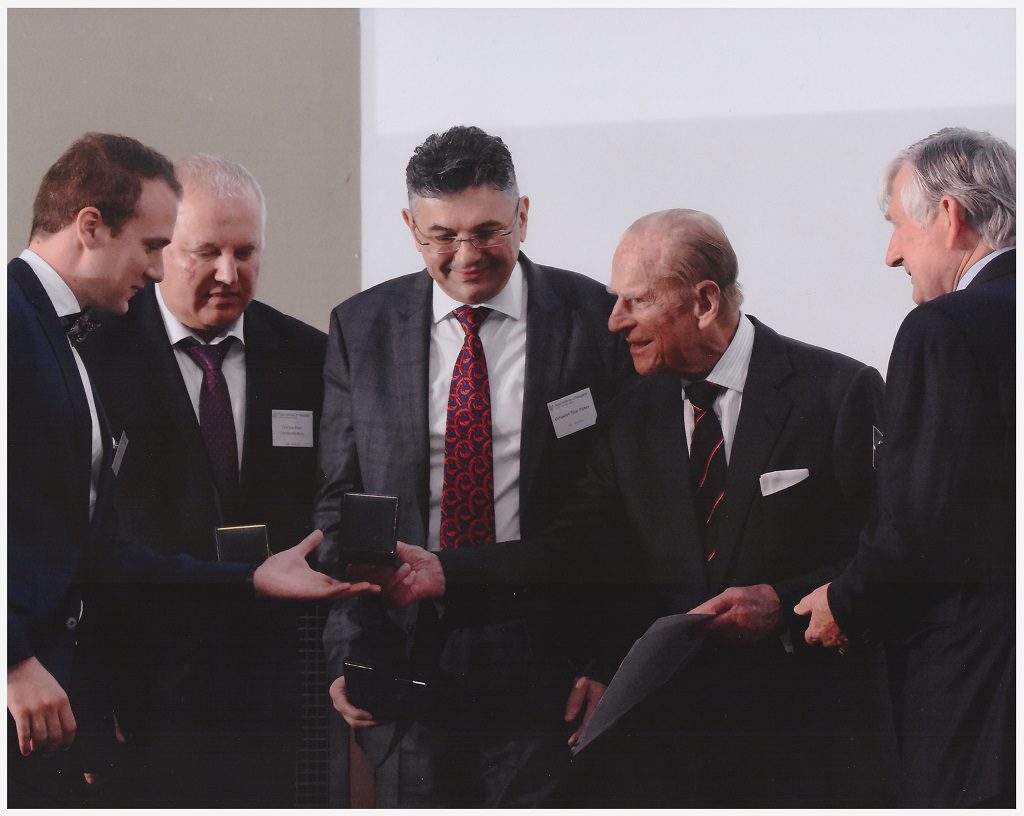
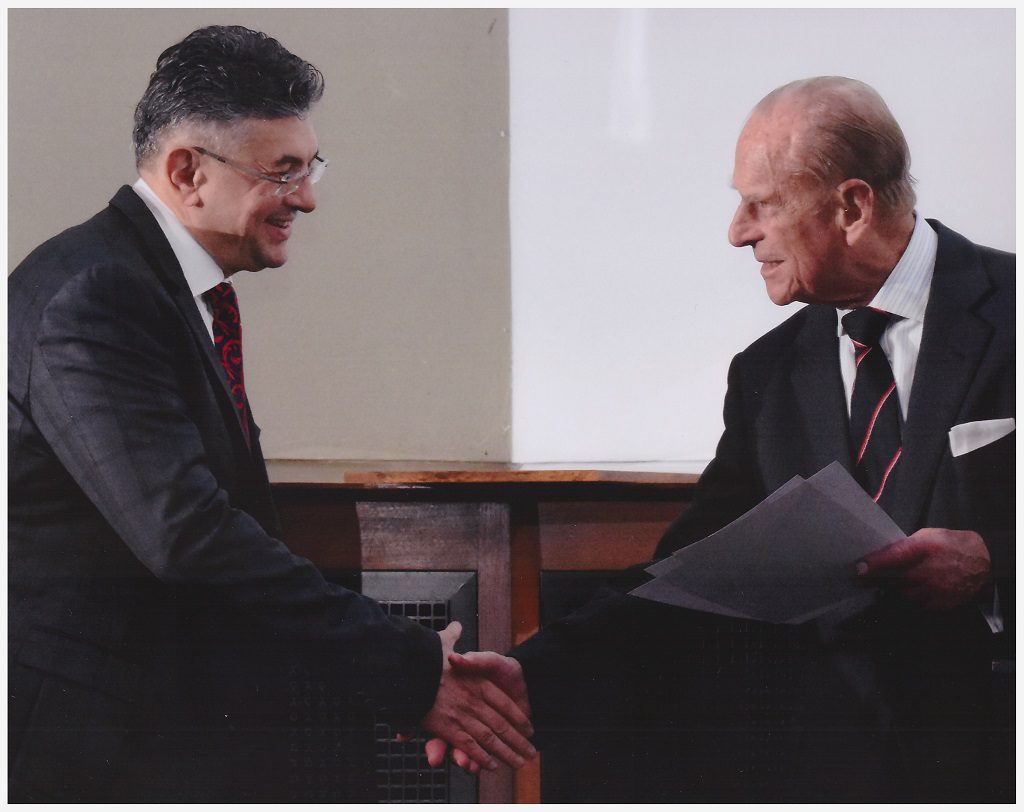
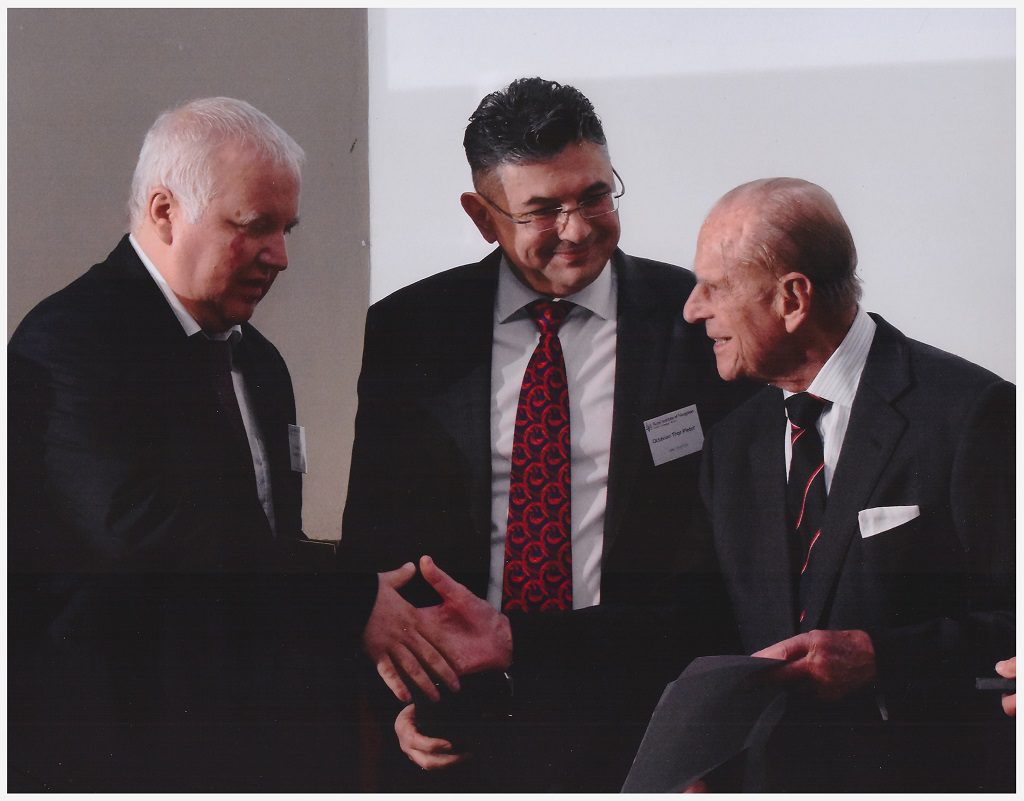
French-Romanian Company of Air Navigation
French-Romanian Company of Air Navigation (“Compagnie Franco-Roumaine de Navigation Aérienne”) was founded by Aristide Blank, a controversial Romanian banker, using French ex-military pilots, made redundant after the war. The company was located in rue de...
Polizu Wind Tunnel
The Wind Tunnel in Polizu at the time of its inauguration represented one of the most advanced aerodynamic labs in the world. The tunnel was designed by Ion Stroescu (1888-1961), based on an original blue print, which included a patent and more innovations...
Aerospace Structures Laboratory
Equipping the Aerospace Structure Laboratory with an AG6 aircraft The Faculty of Aerospace Engineering wishes to warmly thank the management and staff of AEROSTAR S.A. Bacau that contributed to the endowment of the Aerospace Structures Laboratory by donating a...
Air Navigation Laboratory
Air Navigation Laboratory was inaugurated in 2010 in partnership with ROMATSA and the Romanian Civil Aeronautics Authority
Jet Engines Laboratory
Jet Engine Laboratory - Sectioned Viper 632-41R jet engine built by Turbomecanica under license from Rolls Royce - used for the Romanian-Yugoslav fighter aircraft IAR-93 Orao and the Romanian IAR-99 Soim advanced training jet and light attack aircraft. ...
Experimental Aerodynamics Laboratory
The Experimental Aerodynamics Laboratory of the Faculty of Aerospace Engineering is one of the oldest in the world (1931), serving over the years in the design of many types of aircraft - now upgraded with state-of-the-art data acquisition systems....
Flight Test and Experimental Models Laboratory
The Flight Test and Experimental Models Laboratory has been involved for 10 years in the major international UAV competitions. In 2015 in the United States, the Phoenix team of the Faculty of Aerospace Engineering, led by Prof. Eng. Petrisor Pârvu, ranked 4th...
Avionics Laboratory
The Avionics Laboratory enables students to engage in aeronautical, radio navigation, radio communication, automated systems, electronic, electric and power experiments - aerospace engineering is multidisciplinary in excellence covering all these areas of...
TeCHALLENGE
Honeywell Romania, POLITEHNICA University of Bucharest, together with the School Inspectorate of Bucharest, organize the competition of innovative projects in the field of energy from 17 May to 20 October 2017. The competition is open to both students enrolled...
Aero Expo and AFASES Brașov 2017
Aero Expo 2017 and the International Conference AFASES 2017 organized by the Henri Coandă Airforce Academy in Brașov between 25-28 May 2017 enjoyed a significant participation from the Romanian aviation community, and also from the presence of personalities...

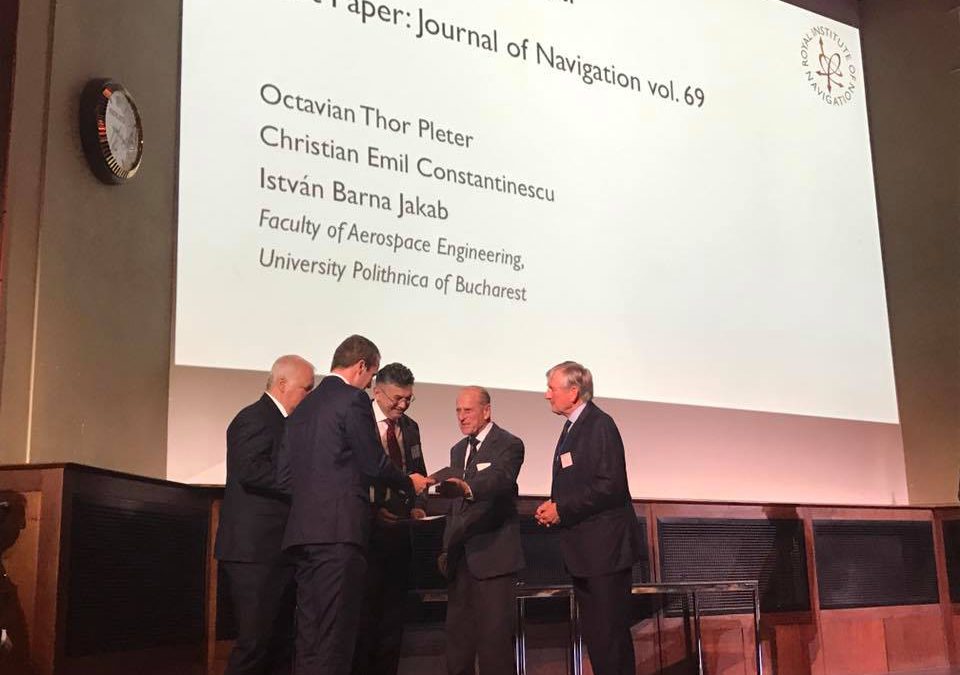
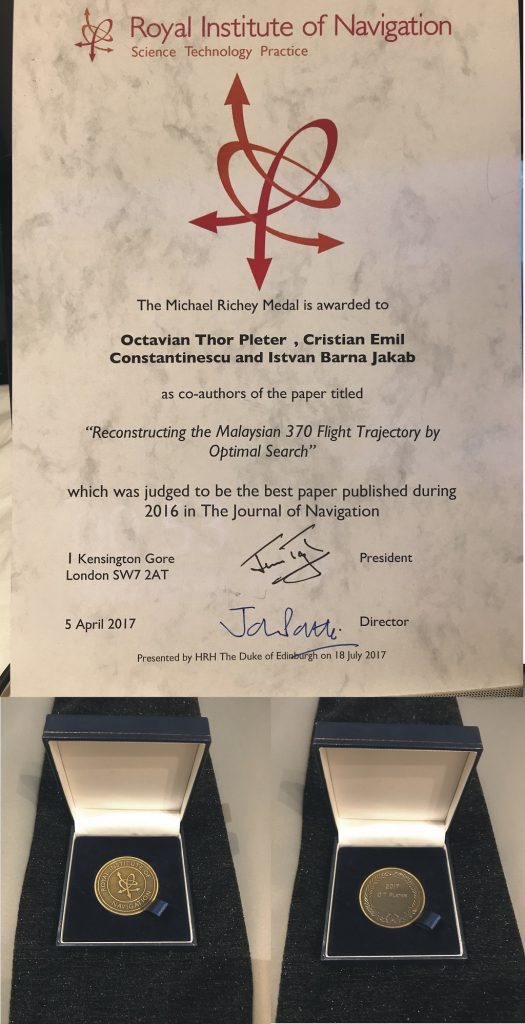
0 Comments